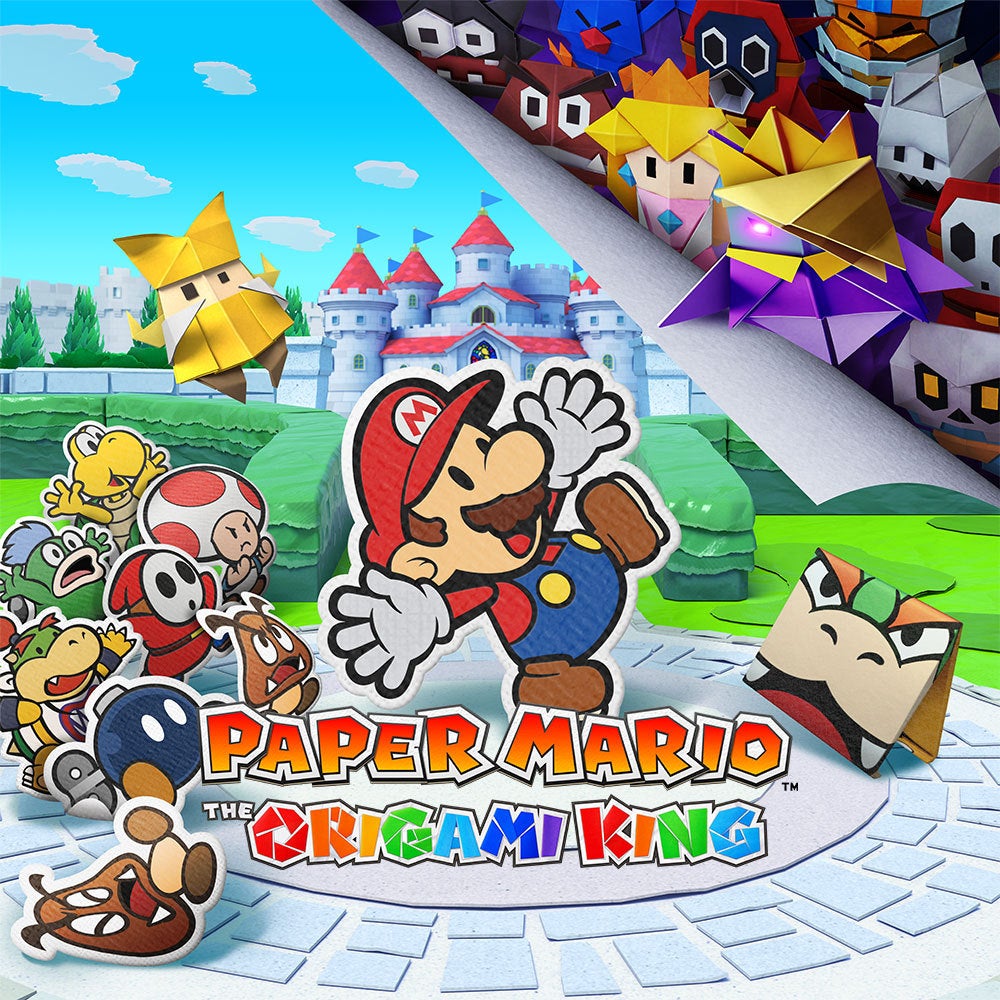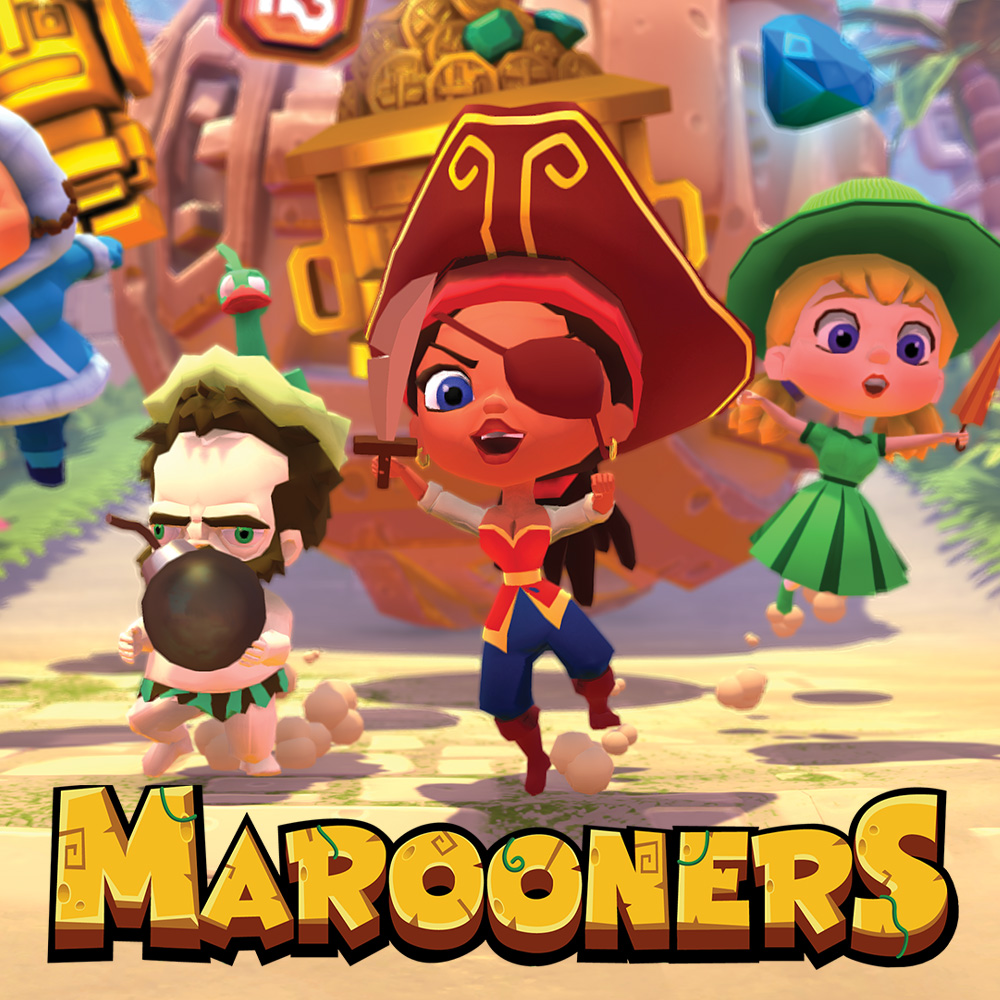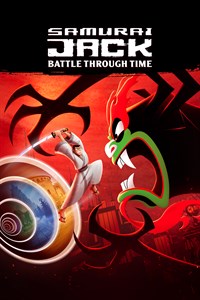What Lies in the Multiverse Review
Fast Facts
What Lies in the Multiverse
Developer: Studio Voyager & IguanaBee
Publisher: Untold Tales
Website: https://untoldtales.games/games/what-lies-in-the-multiverse/
Genre(s): Adventure, Puzzle, Action, Platformer
Platform: Nintendo Switch
Age Rating: PEGI 16
Release Date: 04/03/2022
Price: £13.49
A code was provided for review purposes
Meeting the Multiverse
What Lies in the Multiverse is a puzzle-platformer that combines traditional puzzles with the ability to swap between multiple dimensions. The innovative mechanics introduced me to various environments seamlessly. Was the final project woven together soundly like space and time? Or did it need some work? Find out in this Rapid Review.
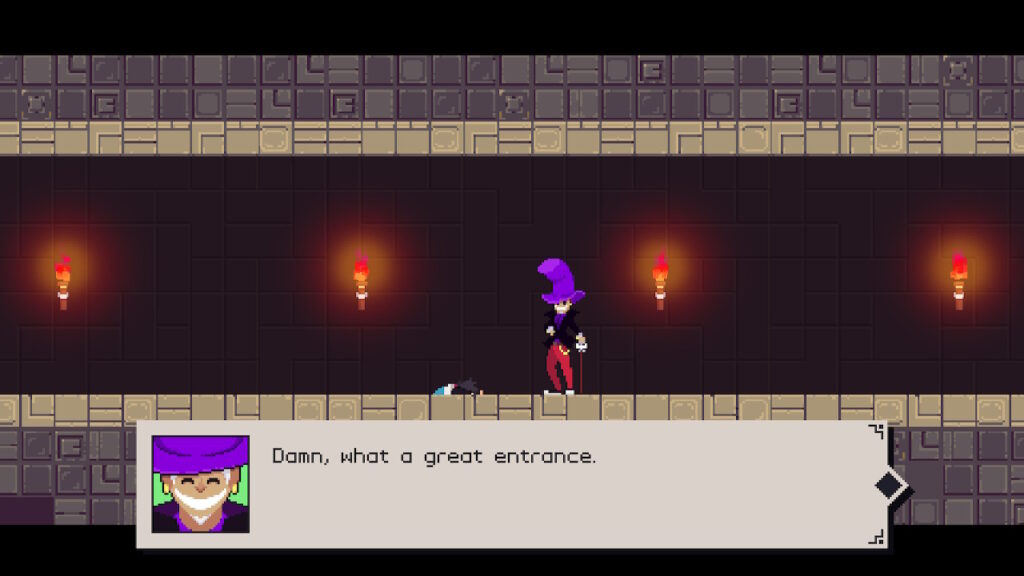
Once I booted up the game, I watched a simple cutscene detailing how a typical child ends up gaining a powerful ally and exploring the universe. It was a cute introduction, and I enjoyed seeing how the plot developed. Considering the game is a puzzle-platformer, I did not anticipate or expect much of a story. However, I was pleasantly surprised by a detailed story with intricate and memorable characters. Though I enjoyed the inclusion of these characters, What Lies in the Multiverse did not have a substantial enough story for me to justify purchasing it solely for the story. Still, I liked the characters, thought the societal commentary was engaging and enjoyed looking at how the worlds intertwined with each other.
Moreover, I thought the way the story intertwined with the gameplay provided a substantial impact on my experience. Swapping between dimensions was the main gimmick of the game. I learned the intricacies of the mechanics in each world to solve puzzles and explore. However, in addition to the gameplay implications, this mechanic was also a major part of the story. Swapping between realities displayed different timelines. By analyzing the other realities and comparing them to the main world, I was able to recognize how certain characters lived and what happened in alternate worlds. Sometimes this led to once happy relationships turning bitter, relationships struggling due to circumstance, and it often led to a lot of death. Again, the story was not monumental, but I enjoyed it.
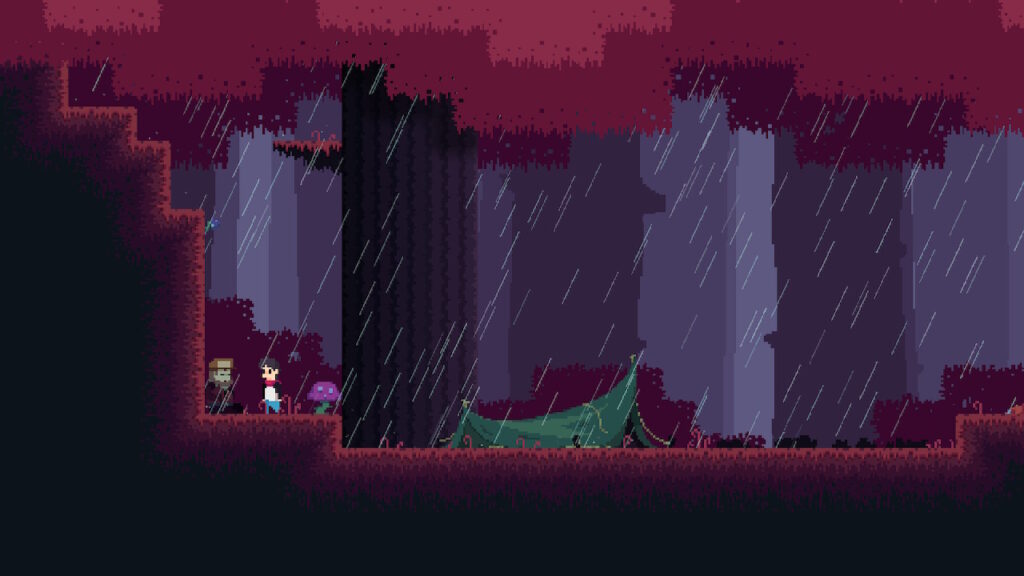
Swapping Styles
Further, I enjoyed the swapping mechanics in terms of gameplay as well. It was easy to swap between different worlds, as I only needed to press a single button. Moreover, once I did swap between the two locales, it was always easy to recognize what mechanics were in play and how to leverage them. Before sending me off on my own, someone in the world would show me how to use the different assets. The different worlds all were interesting as well. One had icy tiles that impacted both blocks and my main character, another had toxic air that made it challenging to breathe, and there were plenty of other worlds with interesting gimmicks as well. I had a lot of fun experimenting with these attributes.
The innovative level assets contributed to my overall experience with What Lies in the Multiverse, but my character’s traditional movement options were nothing special. They were simple. I walked, jumped, and clung to the side of obstacles. I was not overwhelmingly disappointed by the character movement, but my main character was slow and walking through long areas often felt tedious. Granted, I typically look to play more action-packed titles, so for puzzle enthusiasts, this may not be an issue. Though there were no advanced movement techniques, the available mechanics were more than satisfactory enough to complete the puzzles and traverse the world.
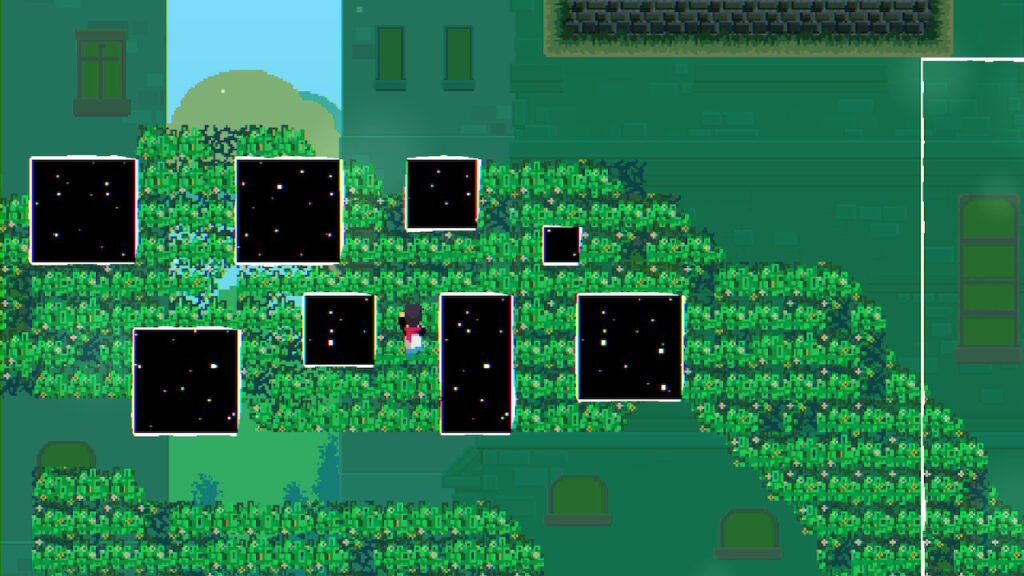
Solving the Puzzles of the Multiverse
Unfortunately, while the movement was sufficient, the puzzling never felt particularly challenging. Even with a surface level understanding of the mechanics, I was always able to figure out what to do in the puzzle, often without much difficulty. Regardless, the puzzles were a lot of fun to figure out. They did not require me to attempt them many times, but I enjoyed evaluating them and recognizing what to do. This was partially because I only needed to toggle between two multiverses at a time. This made each level manageable, especially in the beginning when I was more confused. However, as I progressed through the game and began to recognize how the level designs worked, I would have liked to see more involved puzzles to push me to truly master each of the worlds. Still, I did enjoy the available puzzles and only desire deeper concepts because the puzzles were well-crafted.
In addition to the traditional puzzles, there were hidden collectables in each level. This added to the lore, gave me a reason to explore, and rewarded me for taking my time in levels. I liked them. It was a simple way to encourage me to investigate. They rarely required advanced technical skills, but I never found it to be an issue, as I enjoyed exploring the world to find them and that was rewarding enough to keep me engaged. These were an excellent addition.
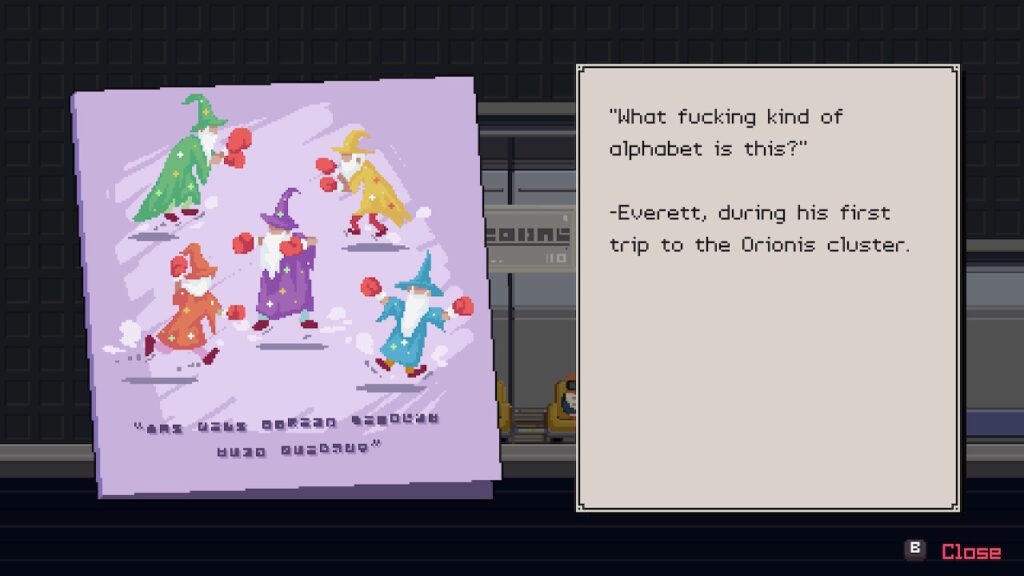
Staging and Presentation
What Lies in the Multiverse also comes equipped with a lovely visual style. I was impressed by how the developers telegraphed what assets would be present in both styles of the world without breaking my immersion. Interactable objects stood out from the background, the characters were dynamic, and the assets in the background were lovely. I thought the visuals were wonderful.
The music design was similarly excellent. I rarely recognize the music in a game while playing, but I found myself actively listening to the music during my playthrough of this game. The composers behind the What Lies in the Multiverse soundtrack did an excellent job. I specifically enjoyed how they were able to make two separate tracks for the different universes I was exploring yet they were able to make the melodies similar enough that they sounded connected. It made each level seem continuous even though I was navigating two separate worlds. I was extremely impressed by the soundtrack and music in this game.
Overall, What Lies in the Multiverse is a lot of fun. While the puzzles themselves are fun, they were missing a bit of the complexity I was looking for. Instead, I enjoyed the lovely world to explore, a stunning soundtrack, and high-quality visuals to go alongside. I can easily recommend it if you enjoy games that focus on worldbuilding with some fun albeit light puzzling elements.
Rapid Reviews Rating

4 out of 5
4
You can purchase What Lies in the Multiverse on the Nintendo eShop here

You can find and read our reviews on OpenCritic.



